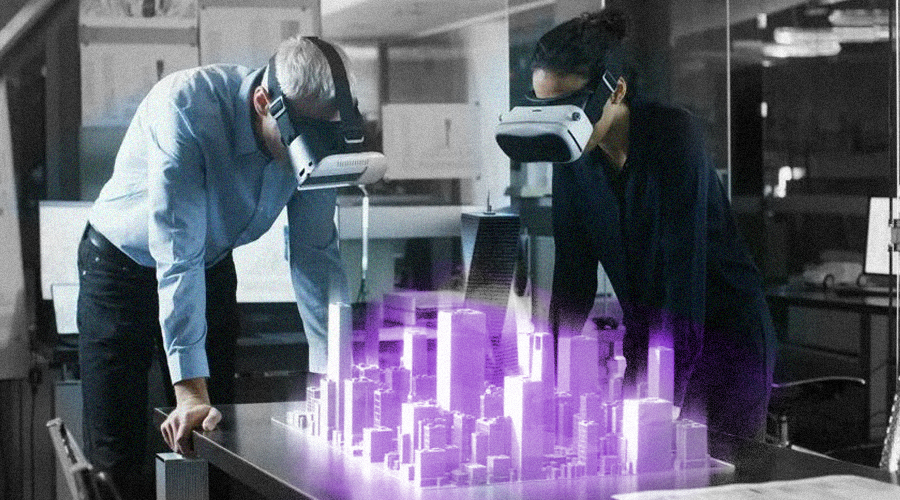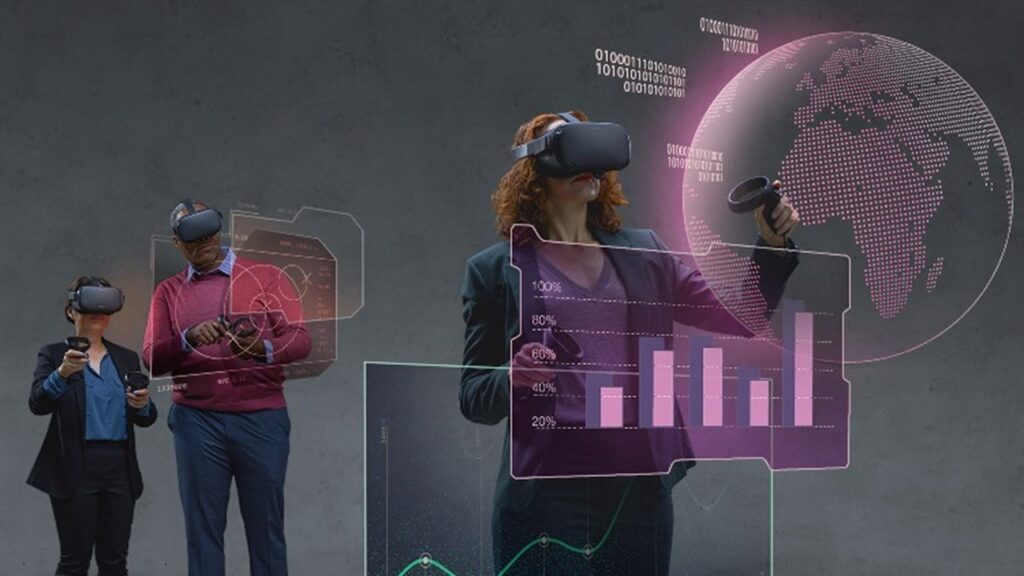The concept of the Metaverse has gained significant attention in recent years, with its potential to revolutionize the way we interact, work, and entertain ourselves digitally. As the Metaverse continues to evolve, new opportunities arise for individuals and businesses alike. One such opportunity is the emergence of the Metaverse as a Service (MaaS), a paradigm that offers a gateway to immersive experiences, collaborative environments, and limitless possibilities. In this blog, we will delve into the concept of MaaS, its advantages, and how it can shape the future of various industries.
Understanding the Metaverse as a Service (MaaS)
MaaS refers to the provision of Metaverse infrastructure, tools, and services by third-party providers, enabling individuals and organisations to access and utilise the Metaverse without the need for extensive development or technical expertise. Just as Software as a Service (SaaS) revolutionised the software industry by making applications accessible over the internet, MaaS has the potential to democratise the Metaverse and make it accessible to a broader audience.

Benefits of MaaS
- Accessibility: MaaS eliminates the barrier to entry for individuals and businesses looking to leverage the Metaverse. It provides an intuitive platform and tools that simplify the creation, deployment, and management of immersive experiences, making it easier for non-technical users to participate and explore the Metaverse’s potential.
- Scalability: MaaS providers offer scalable infrastructure that can handle the complexities of the Metaverse. This eliminates the need for organizations to invest heavily in building and maintaining their own infrastructure, allowing them to focus on creating unique experiences and services within the Metaverse.
- Collaboration and Interoperability: MaaS fosters collaboration by enabling users to connect and interact with others in shared virtual spaces. This collaborative aspect extends beyond simple communication, allowing users to work together, attend virtual events, and engage in shared experiences regardless of geographical boundaries. Furthermore, MaaS providers strive for interoperability, enabling seamless integration of various platforms and applications, which enhances the overall user experience.
- Monetization Opportunities: MaaS opens up new revenue streams for individuals and businesses. By providing tools and frameworks for creating and selling digital assets, virtual goods, and experiences, MaaS empowers content creators and developers to monetize their creations within the Metaverse. This can range from selling virtual real estate, offering virtual services, or launching immersive virtual events.

Applications of MaaS
- Gaming and Entertainment: The gaming industry is one of the key drivers of the Metaverse’s growth. MaaS allows game developers to build and deploy interactive virtual worlds, offering players immersive experiences and opportunities for social interaction. Additionally, MaaS enables the creation of virtual concerts, art exhibitions, and other entertainment events, where participants can enjoy live performances and connect with like-minded individuals.
- Education and Training: MaaS has the potential to transform education and training by creating immersive learning environments. Virtual classrooms, interactive simulations, and virtual laboratories can enhance the educational experience, making learning more engaging and accessible. MaaS platforms can also facilitate remote collaboration among students and educators, breaking down geographical barriers.
- Real Estate and Retail: MaaS can disrupt the real estate and retail industries by offering virtual showrooms and immersive experiences for property viewings and product demonstrations. Prospective buyers can explore properties or try products virtually, eliminating the need for physical visits. This not only saves time and resources but also widens the customer reach for businesses.
- Teleconferencing and Remote Work: With the increasing trend of remote work, MaaS can enhance virtual meetings and teleconferencing. Instead of static video calls, users can gather in virtual meeting spaces, collaborate on projects, and present their work.






